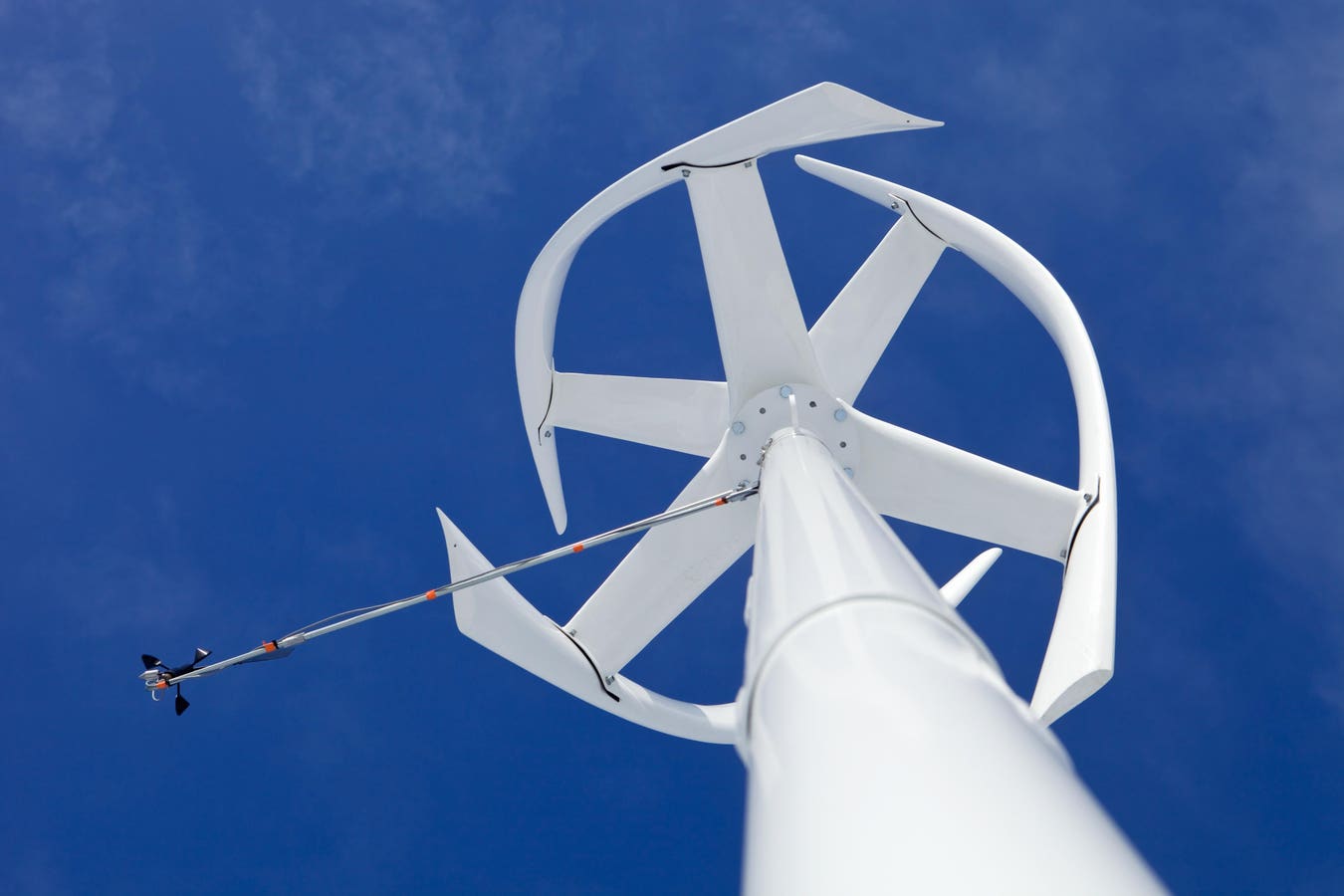CEO at Freen OU, a small wind turbine manufacturer. We’re delivering sustainable energy projects across EU, Middle East, Africa & Asia.
Let’s face it—the wind energy industry has not been doing particularly well the past couple of years. With a multitude of previously scheduled projects put on the back burner, green energy companies have been reporting serious losses and looking for ways to reverse this unfortunate trend.
I think the reasons behind this decline are fairly obvious and include the war in Ukraine, accelerating inflation, declining tax incentives, disruption of formerly efficient supply chains and the generally cautious approach to major infrastructural investments. The needs are still there, and the goals haven’t changed, but large energy-related initiatives have seemingly lost their once mighty momentum.
However, as the popular saying goes, every crisis presents opportunities. New challenges may have hampered the execution of previous plans, but they’ve also led to the emergence of fresh or updated strategies, reassuring the industry of its decision to intensify the transition to renewable energy sources amidst the growing volatility of fossil fuel supplies.
Current Market Trends
The world in general and especially the member countries of the International Energy Agency are collectively pushing toward the 2050 net zero emissions goal via intermediate milestones. This includes Europe’s 2030 goal of 40% of energy in the EU coming from renewable energy sources, which will require 31 gigawatts of net new generation capacity per year.
As a matter of fact, geopolitical instability in Europe as well as a prolonged period of uncertainty on global financial markets have resulted in spiking interest in green energy—even to the extent that some experts believe that previously set goals will be exceeded by a fair margin.
From my time in wind energy, I see the key points on the green energy agenda as:
• Ramping up the manufacturing capacities to meet short- and long-term targets.
• Creating stable supply chains and overall cost optimization.
• Growing the share of offshore wind energy within the overall green energy output.
• Diversifying power-generation sources and creation of hybrid energy parks.
• Intensifying the fundamental R&D and the broad-based introduction of green technology that can be installed in close proximity to buildings, including compact vertical turbines.
• Embedding sustainability into the core of the green energy manufacturing process to minimize CO2 emissions.
However, hurdles do exist. These include regulatory constraints, financing concerns and technology adaptation. Overcoming them requires a regulatory-friendly environment, securing public and private funding and continuously investing in technology advancements and workforce training.
Before we focus on the ways these hurdles can be overcome, let’s take a look at what small wind energy can bring to the table.
Small Wind Energy
As part of a larger diversification and intensification of green energy, I see compact wind turbines offering many benefits for both upstart energy providers and established market leaders. This includes a considerably lower market entry threshold, simplified deployment procedures and suitability for deployment in areas where conventional large turbines would not work or could not be installed.
As a manufacturer of these turbines, I believe that small turbine wind farms have the necessary qualities and potential to effectively fill the gaps and help us overcome challenges in wind energy.
Facing The Challenges
As mentioned before, though, the road to efficient implementation of wind energy projects will not be a smooth ride. I believe that business leaders can focus on the following areas to help secure long-term success in adopting small wind energy and adjacent technologies as an integral part of their service portfolio:
• Ramp up the manufacturing capacities to meet short- and long-term targets. Business leaders can invest in automation/digitalization technologies and process frameworks to help streamline production and increase output. Utilizing Industry 4.0 practices such as smart factories can enable you to meet production goals while ensuring quality and efficiency.
• Look to address the need for stable supply chains and overall cost optimization. You can start by working closely with your suppliers and incorporating robust supply chain management systems. A combination of lean manufacturing to help identify inefficiencies and forging strategic partnerships can both aid in creating resilient supply chains.
• R&D should continue to be the linchpin for sustainable energy solutions. Fundamental R&D is the foundation for cutting-edge green technology, including compact vertical turbines. Mapping out a long-term product development strategy can help ensure the introduction of innovative solutions.
• Implement sustainability at the heart of the manufacturing process. Green energy manufacturing must make use of energy-efficient production methods, including the minimizing of waste and maximizing of recyclable materials. Adopting carbon capture and storage (CCS) technologies may help further reduce CO2 emissions.
• Ensure the adaptability and scalability of your innovations. Techniques to guarantee scalability might involve modular designs for easier production and transportation, simpler installation and maintenance processes and comprehensive planning.
By weaving these recommendations into their strategies, business leaders can not only prepare for the future of wind energy but also lead the charge toward a more sustainable and energy-efficient world.
Summary
Overall, you want to look to provide a degree of operational agility and scalability when looking at the future of wind energy. Toward this, I believe a tangible opportunity exists for small wind turbines to fulfill regional and international energy goals while helping to lower the carbon footprint as part of a larger green energy strategy.
Forbes Business Council is the foremost growth and networking organization for business owners and leaders. Do I qualify?
Read the full article here





